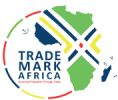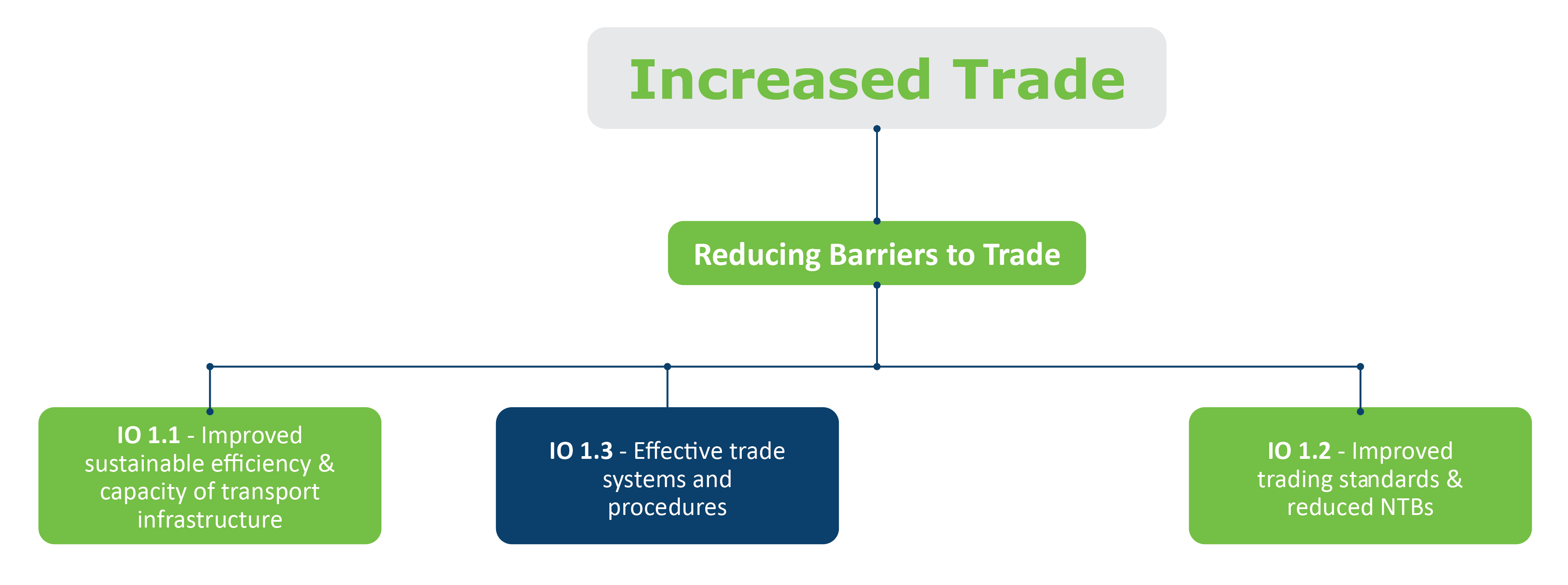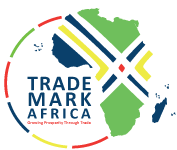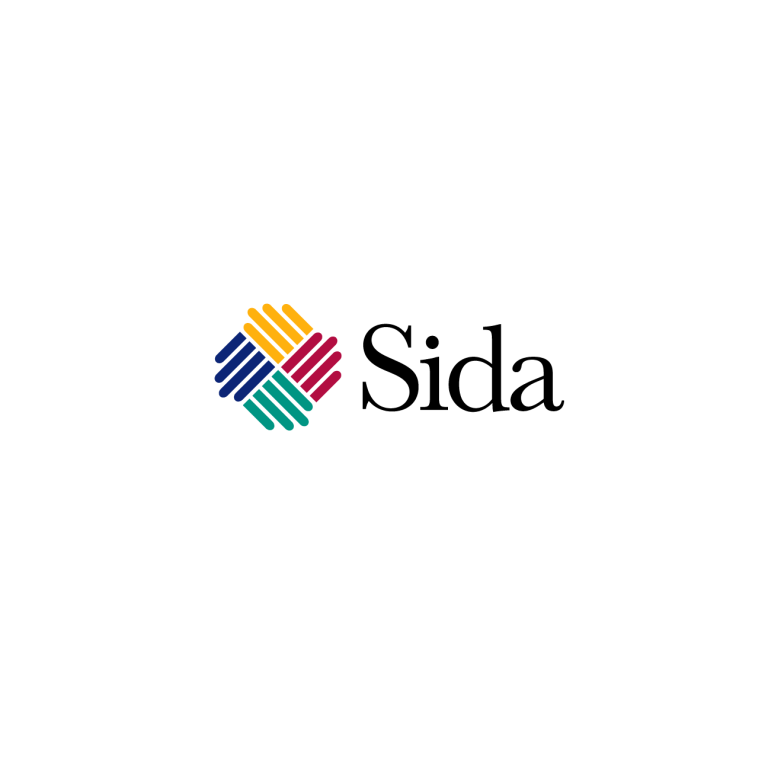Reducing Barriers to Trade
Barriers to trade in Eastern Africa significantly raise trade costs for firms, eroding the competitiveness of the region’s goods and services, inhibiting exports and ultimately stifling prosperity. High internal or regional trade costs present a major obstacle to firms’ ability to connect to global value chains, effectively nullifying any comparative advantage by rendering exports uncompetitive. TMA believes it can reduce barriers to trade through the following:
IO 1.1 – Improved sustainable efficiency and capacity of transport infrastructure
Inadequate infrastructure is a key factor contributing to high transport costs, congestion and delays. Through investing in both physical infrastructure at ports and One-Stop Border Posts and soft infrastructure such as integrated border management systems, ICT for trade and training, new and existing infrastructure will be managed more efficiently. This will lead to a reduction in key trade bottlenecks, faster movement of goods through key links and nodes, and ultimately lower transport costs. Efficient logistics service provision also enhances export competitiveness and firm connectivity to markets. Through working with firms to strengthen skills capacity in the logistics sector and delivering interventions designed to increase innovation and access to technology within the sector, TMA aims to drive greater efficiency in logistics service provision.
IO 1.2 – Improved trading standards and reduced non-tariff barriers to trade
Poorly designed and implemented standards and non-tariff barriers to trade (NTBs) are barriers which increase production and trade costs through red tape and delays. TMA attempts to tackle this through investing in raising awareness, improving systems for reporting of NTBs by the private sector and advocating for removal of the most pernicious NTBs. Higher trade standards lead to greater opportunities for Eastern African businesses to export their products, particularly to lucrative markets in Europe, North America and Asia and also within the region. TMA supports National Bureaux of Standards to develop their technical capacity and supports EAC Governments to move towards mutual recognition, simplification and adoption of harmonised standards.
IO 1.3 – Effective trade systems and procedures
Greater automation and simplification of trade procedures improves harmonisation, efficiency and transparency of service provision. TMA’s information and communication technology for trade (ICT4T) programme invests in improving trade-related IT systems ranging from customs management to tea auctions across East Africa. Through development of portals such as the single windows for trade (SWIFTs), TMA works to increase the predictability of time, costs and administration associated with trade procedures which in turn reduces trade costs. This contributes to efficient trade facilitation and utilisation of hard infrastructure.
IO 1.4 – Improved trade regulatory environment
TMA’s activity in this area cuts across all its intermediate outcomes. The theory asserts that implementation, harmonisation and enforcement of EAC trade-related laws, regulations and policies leads to more efficient trade procedures, reducing trading time and costs, and increased intra-regional trade. As well as working at the EAC Secretariat to support harmonisation, TMA also delivers projects which strengthen the technical capacity of Business Membership Organisations (BMOs) and improve coordination of issue-based coalitions. This leads to more effective public-private dialogue for trade and improvements in the business and trade environment.















